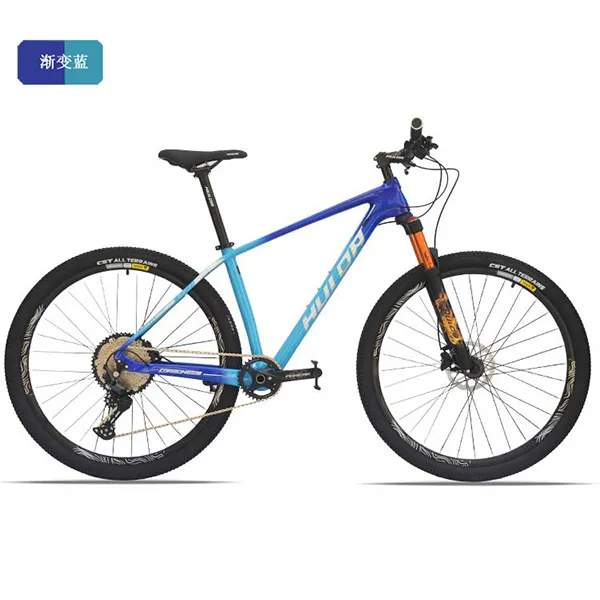
- Afrikaans
- Albanian
- Amharic
- Arabic
- Armenian
- Azerbaijani
- Basque
- Belarusian
- Bengali
- Bosnian
- Bulgarian
- Catalan
- Cebuano
- Corsican
- Croatian
- Czech
- Danish
- Dutch
- English
- Esperanto
- Estonian
- Finnish
- French
- Frisian
- Galician
- Georgian
- German
- Greek
- Gujarati
- Haitian Creole
- hausa
- hawaiian
- Hebrew
- Hindi
- Miao
- Hungarian
- Icelandic
- igbo
- Indonesian
- irish
- Italian
- Japanese
- Javanese
- Kannada
- kazakh
- Khmer
- Rwandese
- Korean
- Kurdish
- Kyrgyz
- Lao
- Latin
- Latvian
- Lithuanian
- Luxembourgish
- Macedonian
- Malgashi
- Malay
- Malayalam
- Maltese
- Maori
- Marathi
- Mongolian
- Myanmar
- Nepali
- Norwegian
- Norwegian
- Occitan
- Pashto
- Persian
- Polish
- Portuguese
- Punjabi
- Romanian
- Russian
- Samoan
- Scottish Gaelic
- Serbian
- Sesotho
- Shona
- Sindhi
- Sinhala
- Slovak
- Slovenian
- Somali
- Spanish
- Sundanese
- Swahili
- Swedish
- Tagalog
- Tajik
- Tamil
- Tatar
- Telugu
- Thai
- Turkish
- Turkmen
- Ukrainian
- Urdu
- Uighur
- Uzbek
- Vietnamese
- Welsh
- Bantu
- Yiddish
- Yoruba
- Zulu
Dec . 04, 2024 15:53 Back to list
how to fix a front derailleur on a mountain bike
How to Fix a Front Derailleur on a Mountain Bike
A front derailleur is a crucial component of a mountain bike, allowing riders to shift between different chainrings to adapt to varying terrain. However, like any mechanical part, it can encounter issues over time. If you’re experiencing problems with your front derailleur, don't worry! This guide will walk you through the steps to diagnose and fix common derailleur issues.
Understanding the Front Derailleur
The front derailleur's primary function is to guide the chain from one chainring to another. It consists of several parts the derailleur body, cage, tension spring, and adjustment screws (limit screws and cable tension). Understanding these components is vital for troubleshooting.
Common Issues
1. Chain Not Shifting Properly If your chain struggles to move between chainrings, it may be due to misalignment, incorrect cable tension, or dirty components. 2. Chain Dropping A chain that frequently drops off can indicate a worn derailleur or incorrectly adjusted limits.
3. Unresponsive Shifting This might mean your shifter is out of sync with the derailleur, often caused by frayed cables or improper cable tension.
Steps to Fix a Front Derailleur
1. Inspect the Derailleur Position
First, ensure that the derailleur is correctly aligned with the chainrings. The derailleur cage should be approximately 1-3 mm above the largest chainring and parallel to it. If the derailleur isn't positioned correctly, loosen the mounting bolt and adjust it as needed.
2. Adjust Limit Screws
The limit screws control how far the derailleur moves at either end of the shifting range
. There are typically two screws one for the high limit (for the smallest chainring) and one for the low limit (for the largest chainring).how to fix a front derailleur on a mountain bike

- To adjust Shift to the largest chainring and check if the derailleur moves far enough to guide the chain properly. If it doesn’t, use the low limit screw (usually marked L) to allow further movement.
- Then, shift to the smallest chainring. Ensure the derailleur doesn’t push the chain off to the outside. If so, adjust the high limit screw (H) to restrict the derailleur's movement.
3. Check Cable Tension
If the shifting is sluggish or the derailleur is unresponsive, cable tension could be an issue. Shift to the middle chainring and check if the derailleur moves correctly when you shift.
- To adjust Locate the barrel adjuster on the derailleur or shifter. Turn it clockwise to increase tension or counterclockwise to decrease it. Small adjustments can make a big difference.
4. Clean and Lubricate
A dirty derailleur can cause shifting issues. Clean any grime from the derailleur with a degreaser. Once clean, apply lubricant to the pivot points and cable, ensuring smooth operation.
5. Inspect the Cable and Housing
A frayed or rusty cable can hinder shifting performance. Examine your cable for any signs of wear and replace it if necessary. Similarly, check the housing for kinks or damage, as they can restrict cable movement.
Final Checks
After making adjustments, take your bike for a test ride. Shift through all gears to ensure that the derailleur is functioning smoothly and the chain is shifting correctly. If you still encounter issues, consider consulting a professional bike mechanic for more advanced repairs.
With these steps, you can effectively troubleshoot and fix common front derailleur problems on your mountain bike. Regular maintenance will keep your derailleur in top shape, enhancing your riding experience on the trails. Happy riding!
-
The Ultimate Kids' Four-Wheeler Experience
NewsJul.09,2025
-
The Ultimate Guide to Mountain Bikes: Gear Up for Your Ride
NewsJul.09,2025
-
The New Age of Cycling: Electric Bikes for Every Rider
NewsJul.09,2025
-
The Best Kids Bicycles: Ride in Style and Safety
NewsJul.09,2025
-
The Best 3-Wheel Scooters for Kids: Fun, Safety, and Adventure
NewsJul.09,2025
-
Revolutionize Your Ride: Affordable Electric Bikes
NewsJul.09,2025
-
Finding the Perfect Mountain Bike for Every Rider
NewsJul.09,2025



